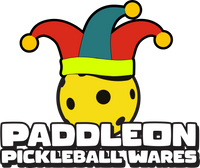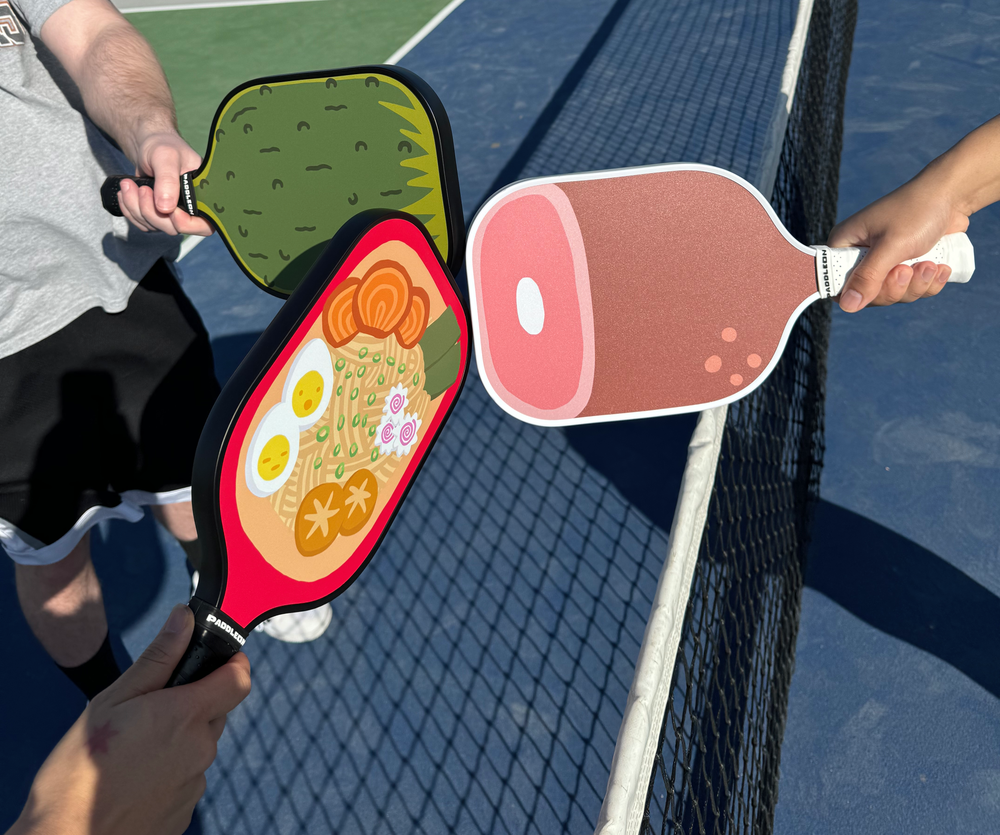Understanding the Differences Between Indoor and Outdoor Pickleball
The Ball
The most noticeable difference between indoor and outdoor pickleball is the ball used. Indoor balls are typically softer and lighter, with larger holes. This design is optimal for indoor play where wind is not a factor, allowing for more precise and controlled shots. In contrast, outdoor balls are made of harder plastic with smaller holes. They are heavier, which helps them resist wind and provides a faster game pace.
Playing Surfaces
Indoor pickleball courts are usually made from wooden or synthetic gym floors which tend to be smoother and less abrasive than outdoor surfaces. This affects how the ball bounces and the players' movement. Outdoor courts, on the other hand, are typically constructed from concrete or asphalt, providing a rougher surface that can influence ball speed and bounce unpredictably, especially in worn-out conditions.
Weather Conditions
Outdoor pickleball players must contend with various weather conditions such as wind, sun, and temperature fluctuations. These elements can significantly alter gameplay; for example, wind can change the trajectory of the ball, and sunlight can impair vision. Indoor environments offer a controlled climate, eliminating weather-related variability and allowing for more consistent play.
Equipment Durability
Given the harsher conditions of outdoor play, equipment, especially balls, tends to wear out faster. Players might find themselves replacing outdoor balls more frequently than their indoor counterparts. Additionally, outdoor players may require shoes with heavier tread for better grip on the rougher surfaces.
Strategy and Style of Play
The play style can also vary between the two. Indoor play often emphasizes control and precision due to less interference from elements like wind. Players might find it easier to execute strategic plays and soft shots. Outdoors, the game tends to be faster and more aggressive. Players often use powerful drives and smashes to combat the wind and take advantage of the harder ball’s faster pace.
Social Aspects
Indoor courts are usually located in community centers or gyms, often leading to a more social atmosphere where players can interact before and after games. Outdoor courts can be found in public parks or dedicated facilities, which might attract a broader range of players but often with less social interaction due to the nature of public spaces.
Visibility and Lighting
Indoor courts are dependent on artificial lighting, which can be a factor in how players perceive the ball. Outdoor play benefits from natural light, which generally enhances visibility except during conditions like direct sunlight or dusk when the light can be problematic.
Whether you choose to play pickleball indoors or outdoors, each setting offers unique benefits and challenges that can enhance your playing experience. Players are encouraged to try both environments to fully appreciate the versatility and fun of pickleball. Ultimately, whether indoors or outdoors, pickleball provides a great opportunity for exercise, skill development, and social interaction.


